After my previous post, there are bound to be a few wiseguys/wisegals with dirty minds who couldn’t resist chuckling and wondering “yeah, well if yeast have sex, they must get STDs too, right? Ha ha!”
Yeah, well, very funny.
Of course they do.
In fact, that bottle of hefeweizen you may have consumed at one time or another was almost certainly full of Yeast Herpes!.
Alert readers will be wondering how I can have said “there don’t seem to be any viruses of yeast” in the last post and now be telling you you’ve been eating and drinking yeast-herpes all your life.
Here’s the deal: Generally when we think of viruses we’re thinking of little protein-wrapped packages of genetic material floating around freely, which can ultimately attach to and infect some cell, forcing the cell to make more copies of the virus which are released one way or another to continue the cycle.
Fungi, including yeasts, don’t seem to have any viruses that infect their cells from outside. They do, however, have “virus-like particles”, which seem like they were probably once more traditional types of virus, whose populations have lost whatever genes were necessary to be released from and infect into yeast cells. Without this ability, there’s only one good way for the virus to spread from an infected cell to an uninfected one: sex.
It would seem that there is so much yeast-sex going on that it ends up being a much more efficient way for the viral particles to spread. As a result, despite the fact that only the cell fusion of yeast-sex can spread the particles, there are very few known yeast strains that don’t carry double-stranded RNA virus particles (“L-A”, “L-BC”, “M1“, “M2“, and possibly some others), and there don’t seem to be any known yeast strains that aren’t infected with yeast-herpes.
It’s not actually “herpes” of course, but just like herpes, it is a retrovirus, which is actually merged into the yeast’s own DNA strands, and which is then transcribed into RNA to make virus particles. These in turn get converted back to DNA by reverse transcriptase and integrated into the infected cell’s genome. The review I found whence I got all of this information[1] mentions three versions of these “retrotransposons designated “Ty1”, “Ty2”, and “Ty3”. (I assume that’s “Transposon, yeast”.).
If anyone stares at you when you yell “Yeast herpes! NOOOOO!!!!” and run screaming from the room next time someone offers you a beer, feel free to point them to this post for an explanation.
POSTSCRIPT: My previous post made it sound like yeast cells were normally haploid. The review paper I’m citing in this post makes an interesting assertion though: it states that in the wild, yeast cells are usually diploid, and haploid cells normally only show up as a result of environmental stresses. This is somewhat at odds with, for example, a more recent Genetics textbook[2] that I have in my possession, which explicitly describes that once the two haploid mating cells merge to form a diploid cell, it “promptly undergoes meiosis to produce four haploid ascospores”. This may perhaps be a case of a difference between growth in laboratory conditions versus normal environmental conditions. Perhaps in the natural environment which has not been carefully formulated to specifically promote yeast growth, diploid yeast cells persist until particular conditions induce meiosis. Hopefully the spiffy new book I have on order will show up one of these days and will hopefully have some discussion of the topic.
[1] Wickner RB: “Yeast virology.” FASEB J. 1989 Sep;3(11):2257-65.
[2] Snustad DP, Simmons MJ: “Principles of Genetics (3rd Edition)”; 2003; John Wiley & Sons, Hoboken NJ [ISBN: 0471441805], pp 42-43
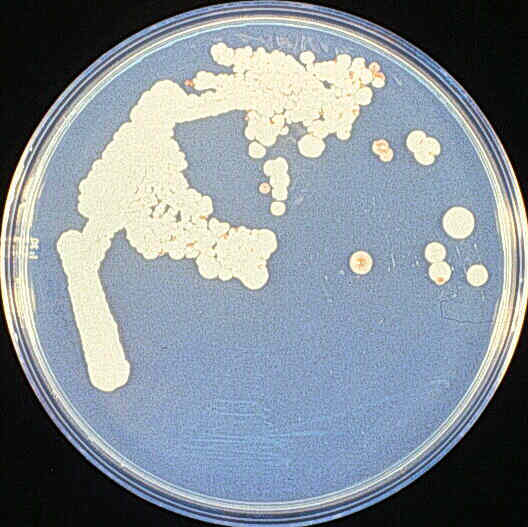
 “Someone” seems to have located a replacement original disk of a game I had many years ago (but lost when I loaned it to
“Someone” seems to have located a replacement original disk of a game I had many years ago (but lost when I loaned it to 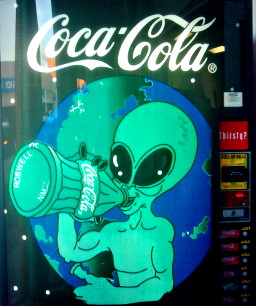 Yes, the one from the Futurama episode. Though they didn’t talk much about cows in that one.
Yes, the one from the Futurama episode. Though they didn’t talk much about cows in that one.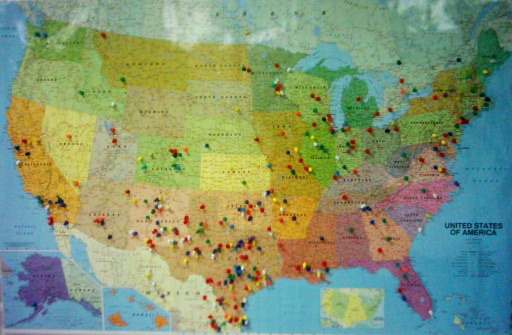
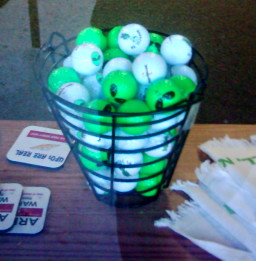
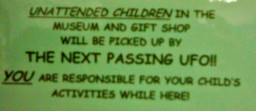
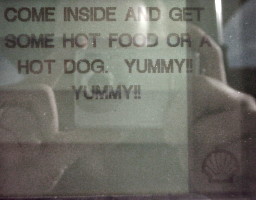 Meanwhile, I’ve thought about my “geotagging arbitrary files” issue a bit more. At this point I’m favoring the “geostrings” approach, split into what I’m calling “Where, When, and Whither” fields, which is to say, a field containing location (latitude, longitude, elevation), a field containing time-related information (timestamp, track-id), and a field containing direction (heading and angle) information. I’ve actually started putting geostrings in this form into some of the pictures I’ve been taking, just to get a feel for how easy or hard they are to work with. An example containing all information including the optinal stuff would look like this:
Meanwhile, I’ve thought about my “geotagging arbitrary files” issue a bit more. At this point I’m favoring the “geostrings” approach, split into what I’m calling “Where, When, and Whither” fields, which is to say, a field containing location (latitude, longitude, elevation), a field containing time-related information (timestamp, track-id), and a field containing direction (heading and angle) information. I’ve actually started putting geostrings in this form into some of the pictures I’ve been taking, just to get a feel for how easy or hard they are to work with. An example containing all information including the optinal stuff would look like this: